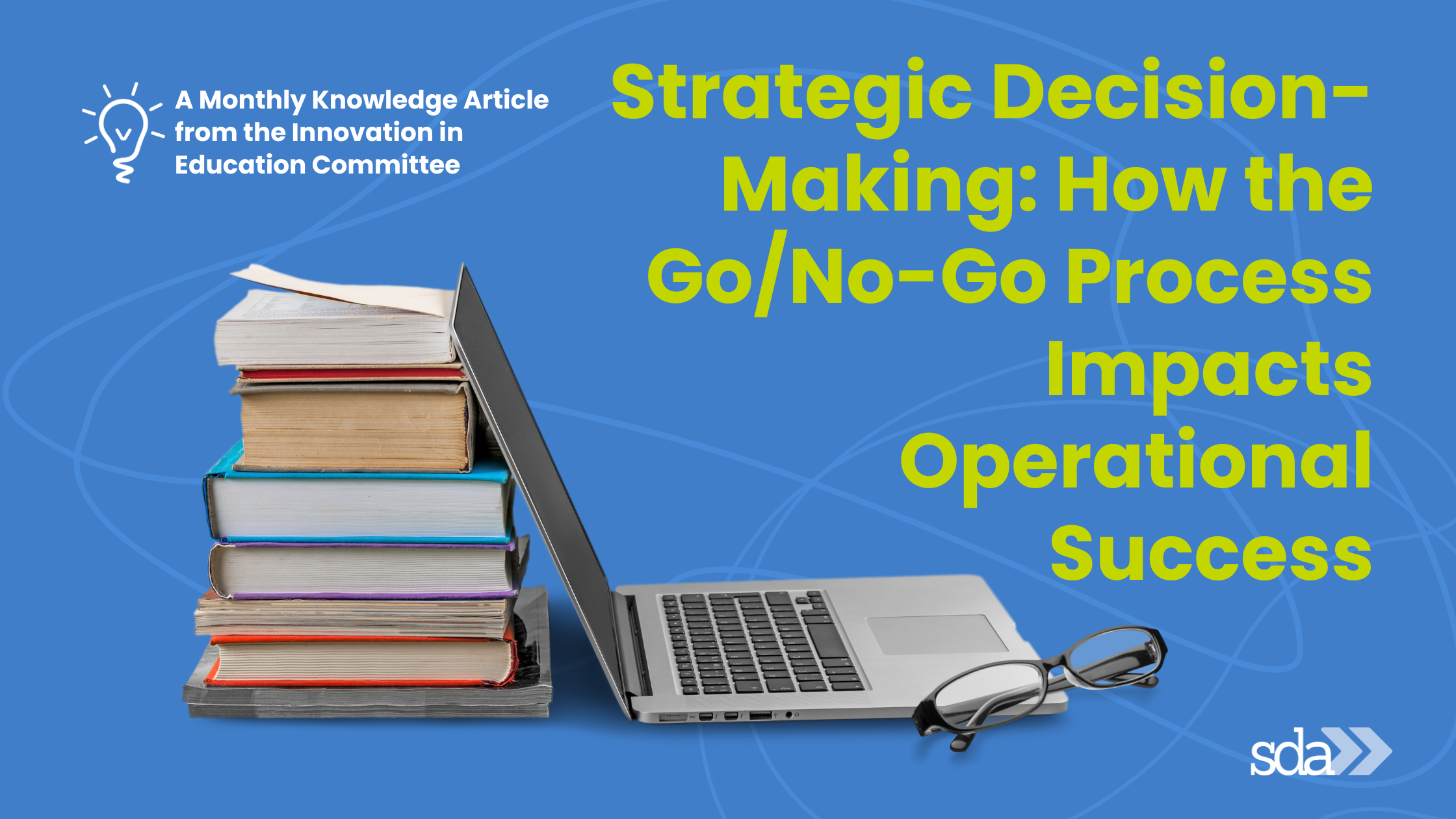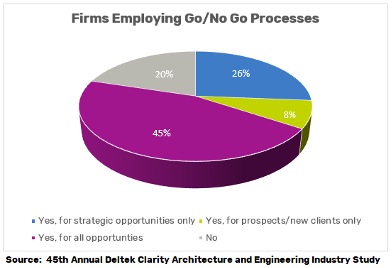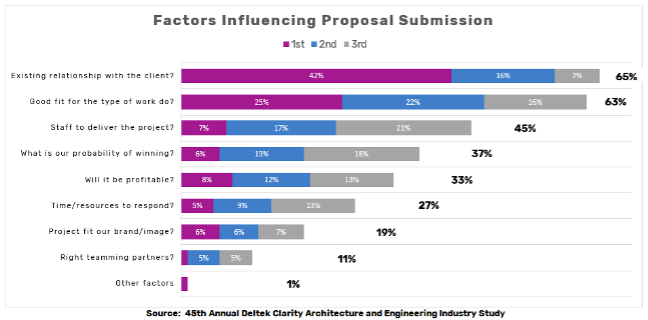  
|
Posted By SDA Headquarters,
Wednesday, September 11, 2024
Updated: Thursday, September 12, 2024
|

Welcome to the marvelous world of MarCom madness! Picture this: a dynamic squad dedicated to spreading the sparkle of SDA's brand nationwide! From crafting captivating content to managing our social media shindigs, we're the creative force behind SDA's buzz.
As the reigning Co-Chair of MarCom along with the amazing Fran Carrillo from San Diego, we are leading this extraordinary team of trailblazers. Let me introduce you to our powerhouse crew! Liz Harris, FSDA from the Baton Rouge Chapter is our resident rock-star, bursting with enough energy to rival a dozen 12-year-olds! Then we've got Mary Jacobs, CDFA from Dallas who, along with Fran Carrillo, are the masterminds behind the eye-popping graphics that light up our blogs, social feeds, and marketing materials. Jennifer HinkleyKarnisky, CDFA from Denver is our editing virtuoso, while Gretchen Renz, FSDA from Spokane swoops in superhero-style whenever a helping hand is needed. Our newest member, Kate Petrovich, CDFA of New York, is diving in headfirst! With tons of experience and energy to spare, she’s ready to make waves and find her groove. And let's not forget Kim Celenza, our ExCom Liaison extraordinaire!
But hey, the fun doesn't stop there! We're always on the lookout for new recruits to join our fabulous, slightly wacky crew. Trust me, there's never a dull moment in MarCom! Only a few hours a month, and you'll be hooked on the excitement. Join us and learn a few new skills that you can apply back at your office or in your other volunteer roles. Don't miss out—reach out to us at jmgreene880@gmail.com or fcarrilo@migcom.com for all the details!
Jennifer M. Greene, CDFA Fran Carrillo
SDA New York Chapter SDA San Diego Chapter
Tags:
SDA
SDA National
SDA National Committee
SDA Volunteers
Permalink
| Comments (4)
|
  
|
Posted By SDA Headquarters,
Tuesday, September 10, 2024
Updated: Tuesday, September 10, 2024
|

Welcome back to our CDFA Spotlight series! After a brief hiatus, we're excited to return with fresh stories and insights from our members who have recently achieved their Certified Design Firm Administrator designation. Our time away has been spent gathering some truly inspiring interviews, and we’re eager to share them with you. This week, we’re proud to feature Viviana Garcia, CDFA, Operations Manager with Michael G. Imber Architects in San Antonio, TX.
What motivated you to earn your CDFA certification?
I wanted to gain more knowledge in the business of architecture and felt learning the different aspects of administration would help me grow in my profession.
Did you have any concerns, or fears, about taking the exam? If so, how did you address or overcome them?
My concern was allocating enough time to study and managing my personal time. I studied during lunch hours and at night.
What role, if any, has your CDFA played in advancing your professional or personal development, growth, network or career?
This helped in my personal development, but I feel my office is not very aware of the value of having the CDFA designation.
What is your top tip to someone considering the pursuit of a CDFA designation?
Do not be afraid to reach out to others for questions; everyone I have met within SDA has been so helpful.
What has obtaining your CDFA meant to you?
It has brought me insight to the business of architecture and, more importantly SDA has given me the knowledge to help me grow in my job.
Feeling inspired by our CDFA Spotlight features? If you're ready to elevate your career and join the ranks of Certified Design Firm Administrators, now is the perfect time to take the next step. The CDFA designation not only strengthens your skills but also positions you as a leader in our industry. Visit our certification page to learn more about the application process and how you can start your journey today!
Tags:
CDFA
Certified Design Firm Administrator
Get Certified
SDA
SDA National
Permalink
| Comments (2)
|
  
|
Posted By SDA Headquarters,
Tuesday, September 3, 2024
Updated: Tuesday, September 3, 2024
|

Welcome back to our CDFA Spotlight series! After a brief hiatus, we're excited to return with fresh stories and insights from our members who have recently achieved their Certified Design Firm Administrator designation. Our time away has been spent gathering some truly inspiring interviews, and we’re eager to share them with you. This week, we’re proud to feature Rose Pollion, CDFA, Associate with Cooper Carry in Atlanta, GA.
What motivated you to earn your CDFA certification?
Being in my position as long as I have, I was motivated to earn the credential to exemplify my commitment of service to the industry.
Did you have any concerns, or fears, about taking the exam? If so, how did you address or overcome them?
Study time was my concern. I carved out time, stayed up late, but there never seemed to be enough time.
What study tools did you find most useful (study group, CDFA-yoU materials, flash cards, other?)
CDFA-you materials, sample tests, videos, flash cards
Did you learn anything new, or surprising, while preparing for the exam?
I was surprised by the amount of material and details covered.
What section of the exam was the most difficult for you?
Finance
What role, if any, has your CDFA played in advancing your professional or personal development, growth, network or career?
I have participated in networking by attending chapter meetings in person.
Was your employer supportive of your CDFA goals and accomplishment? If so, please share how they demonstrated that support.
Yes
What is your top tip to someone considering the pursuit of a CDFA designation?
Organize your study material and commit to study time.
Feeling inspired by our CDFA Spotlight features? If you're ready to elevate your career and join the ranks of Certified Design Firm Administrators, now is the perfect time to take the next step. The CDFA designation not only strengthens your skills but also positions you as a leader in our industry. Visit our certification page to learn more about the application process and how you can start your journey today!
Tags:
CDFA
Certified Design Firm Administrator
Get Certified
SDA
SDA National
Permalink
| Comments (1)
|
  
|
Posted By SDA Headquarters,
Friday, August 23, 2024
Updated: Friday, August 23, 2024
|

In the world of business, risk management is a crucial component for ensuring smooth operations and safeguarding against potential liabilities. The Certificate of Insurance (COI) is a key tool in this process. Understanding a COI, why it is necessary, and how to read and manage it can significantly enhance your business's risk mitigation strategy. Here’s an in-depth look at Certificates of Insurance.
What is a Certificate of Insurance (COI)?
A Certificate of Insurance is a document that serves as evidence of insurance that an outside organization or company has insurance should an accident occur. It summarizes the policyholder’s coverage, detailing the types of insurance, limits, and other critical information. However, it is essential to note that a COI is only valid for the period specified and must be reissued when the policy is changed or renewed. Note that a COI is not an insurance policy and provides only general information.
Why are COIs Necessary?
- Risk Transfer: COIs are vital for transferring risk from one party to another, ensuring that the financial burden does not fall solely on your business in the event of a claim.
- Mitigation of Risk: COIs help mitigate potential risks by verifying that all parties involved in a project are adequately insured.
- Ensure Alignment with Contract Requirements: Clients often require specific insurance coverages for a project. Ensuring that your sub-consultants comply with these requirements is crucial. If they do not, your firm could be liable for any gaps or excess above their insurance limits, leading to unnecessary exposure.
How to Read a Certificate of Insurance and What to Look For
These definitions and explanations are referenced by number on the Certificate of Insurance image - click here for complete form.

- Producer: Individual or business entity licensed by the state to sell, solicit, or negotiate insurance.
- Insured: The named insured is the primary entity covered by the insurance policy. Confirm that the named insured is the entity you are doing business with. Being listed as “additional insured” on the Certificate has limitations, and your entity may have no legal rights or access to the stated coverages. Insurance companies can and do deny coverage to entities named as “additional insured” on the Certificate. This is why you need an Additional Insured Endorsement; it changes the insurance policy, adding your entity to the definition of Who Is Insured or Covered.
- Insurance Agent/Broker/Contact: An insurance agent or broker sells insurance policies and provides related services, often working for a producer. They act as intermediaries between insurance companies and customers, helping clients find the right coverage for their needs.
- Insurer(s) Affording Coverage: The name(s) of the insurance company providing the coverage. Note that there may be multiple insurance companies involved.
- Types of insurance, coverage included, and policy effective/expiration dates: Check the types of insurance listed and the corresponding coverages. Note the policy dates and ensure they cover the period you require. Look for check boxes that provide important information about the coverage.
- Limits and Coverages: Understand the limits and coverages, distinguishing between each occurrence (maximum coverage per individual claim) and general aggregate limits (maximum coverage for all claims within the policy period). These are the maximum amounts the insurance company will pay for covered claims. The only reliable way to verify whether the limits have been reduced is to obtain a current loss report from the insured for the policy period. You may have specific coverage limits required by your client and will want to ensure that your sub-consultant carries the same or higher amounts to avoid leaving your firm in the gap.
- Descriptions of Operations: Ensure that the operations described match the scope of work covered by the insurance, for the project. If additional insured or endorsements are included for a given project, they are listed here.
- Certificate Holder: A certificate holder is an individual or organization that receives a certificate of insurance from a policyholder. If your company is the certificate holder, ensure your business name and address are correct on the certificate. When sending a Certificate of Insurance (COI) to a client or other party, verify that their address is accurate.
- Cancellation Notice: Check the notice period to understand how much advance notice you will receive if the policy is canceled.
Types of Coverage
- Commercial General Liability: Typically, covers bodily injury, property damage, personal and advertising injury, and medical payments resulting from business operations.
- Automobile Liability: Provides coverage for vehicles used in business operations.
- Umbrella or Excess Liability: Offers additional coverage limits above primary policies.
- Workers’ Compensation / Employer’s Liability: Covers employee injuries and illnesses that occur in the course of employment.
- Professional Liability: Protects against claims of professional negligence, errors, omissions, or mistakes. It can be either claims-made or occurrence-based.
- Pollution Liability: Covers liability for pollution-related incidents.
- Cyber Liability: Provides coverage for businesses against risks related to cyberattacks, data breaches, and other technology-related issues.
Additional Considerations
- Additional Insured: If required, ensure your firm is listed as an additional insured and that the endorsement adding your firm is included with the COI. An endorsement changes the policy to add your entity to the definition of who is insured (covered). A statement on the certificate is insufficient to prove that coverage is extended to your firm. Most Professional Liability Coverages, as described below, do not permit adding entities as "Additional Insured." Consequently, if a claim arises, the insurance company will not cover any losses for or caused by the additional insured.
- Understanding Primary & Non-Contributory: This clarifies the priority and obligation of an insurance policy in the event of a claim. The primary insurance policy responds first, paying up to its coverage limit before any other policies are triggered. Non-contributory insurance prevents the primary insurer from sharing the loss with another insurer, ensuring that the primary policy handles claims without seeking contributions from other available insurance policies.
- Waiver of Subrogation: This prevents the insurer from pursuing recovery from the third party that caused the loss, ensuring that your business does not become entangled in subrogation claims.
Post-Project COI Requirements
Even after a project is completed, it is essential to maintain COIs for a specific period, typically ten years post substantial completion or according to the state’s statute of repose. This ensures continued coverage for any claims that might arise after the project's completion.
Certificates of Insurance are an integral part of a robust risk management strategy. By understanding their importance, how to read them, and the various types of coverage they entail, businesses can better protect themselves and ensure compliance with contractual requirements. Stay vigilant and proactive in managing your COIs to safeguard your business against potential risks and liabilities.
Want to Learn More? Check Out This Resource:
SDA Webinar Recording - Understanding and Complying with Client Insurance Requirements
Tags:
AEC Contracts
AEC Insurance
AEC Learning
Certificate of Insurance
SDA
SDA National
Permalink
| Comments (5)
|
  
|
Posted By SDA Headquarters,
Tuesday, August 20, 2024
Updated: Tuesday, August 20, 2024
|

In the fast-paced world of architecture and design, each project represents an opportunity for creativity, innovation, and growth. However, not all projects are equally beneficial, and deciding which ones to pursue demands thoughtful consideration. This decision point is where the Go/No-Go process comes into play—a dynamic approach that assists firms in navigating the complex terrain of client and project selection.
Why It Matters Beyond Direct Responsibilities:
Even if it is not directly within your daily responsibilities, understanding the Go/No-Go process is crucial for administrators, HR professionals, and office managers. It impacts overall company strategy, resource allocation, and team dynamics, influencing everything from workload distribution to client relationships and financial health.
Key Factors in the Go/No-Go Process:
- Profit Potential: Assess the project's profitability in terms of time, resources, and labor investment.
- Past Client Experiences: Reflect on previous interactions with the client to gauge reliability and ease of collaboration.
- Future Collaboration Opportunities: Evaluate the potential for ongoing partnerships with the client beyond the current project.
- Efficiency of Collaboration: Consider how smoothly the project will proceed based on past experiences.
- Staff Capacity: Evaluate current workload and staff capacity to determine feasibility.
- Competitive Landscape: Analyze market competition and your firm's competitive positioning.
Why the Go/No-Go Process is Essential:
- Only 45% of A/E firms have a formal Go/No-Go process, and even fewer use it strategically (26%).
- Strategic use can significantly impact profitability (average of 18.7% for A/E firms) by optimizing resource allocation.
- It minimizes risk exposure, enhances team alignment, and ensures efficient resource utilization.
Considerations Beyond Direct Project Management:
Marketing costs can account for up to 12% of net revenue, underscoring the importance of strategic decision-making.
The process ensures informed decisions, mitigates financial risks, and maximizes return on investment.
Factors Influencing Go/No-Go Decisions:
Key considerations include regulatory compliance, technological readiness, contract terms, and client engagement levels. These factors collectively contribute to successful project outcomes and client satisfaction. According to the 45th Annual Deltek Clarity survey, A|E companies rank factors influencing proposal submission as follows:

Questions to Consider:
- Do we have design experience with the project type?
- Is the company experience in the project delivery method, e.g., Design-Bid-Build, CM at Risk, or Design-Build
- Are we well-versed in relevant regulations and technologies?
- Does the contract align with company policies regarding indemnity and liability?
- Can the company meet the insurance requirements?
- Are we comfortable with the fee type, such as time and materials, time and materials to a max, fixed fee, or by unit, and the scope of work?
- Does the current percentage of client profitability warrant pursuing the project?
- Is there sufficient client engagement to proceed with proposal preparation effectively?
- Does the contract allow progress billing, or will large labor expenditures be made before payment?
Understanding and applying the Go/No-Go process strategically not only enhances project success rates but also supports broader organizational goals. By aligning decision-making with company strategy and resource capabilities, administrators, HR professionals, and office managers play a vital role in driving sustainable growth and operational excellence within architectural and design firms.
Want to learn more? Here are some resources:
SDA Program Recording: The Go/No-Go Process: Promoting Effective Marketing & Risk Management
SDA Forms & Templates: Marketing
LinkedIn Article: Five Basic Rules for Better Go/No GO Decisions in A|E|C Marketing
45th Annual Deltek Clarity Architecture and Engineering Industry Study
Tags:
AEC Marketing
Go/NoGo
Innovation in Education
SDA
SDA National
Permalink
| Comments (1)
|
|